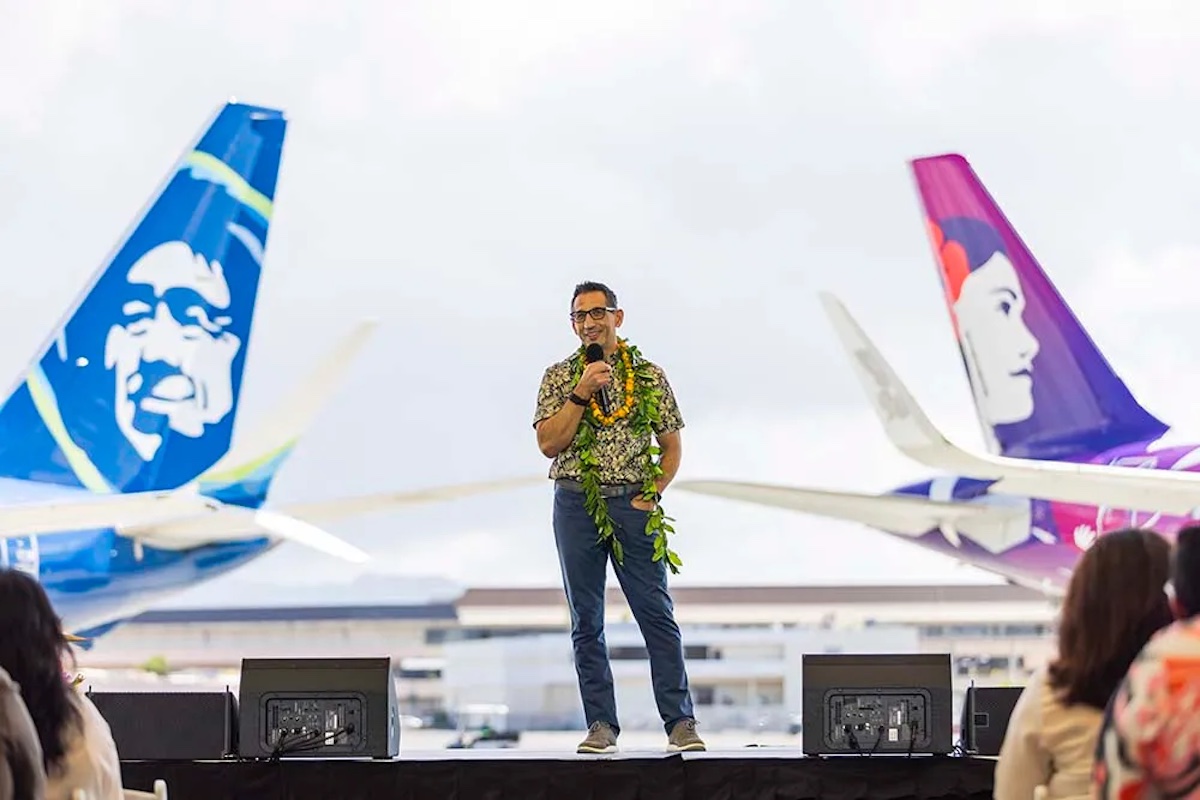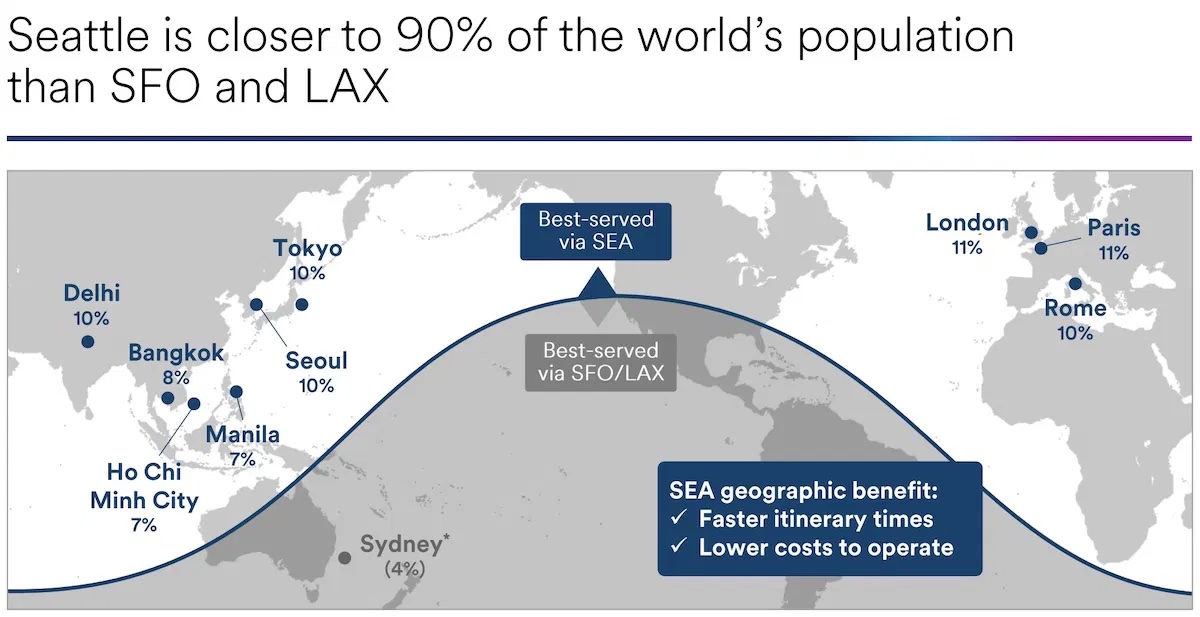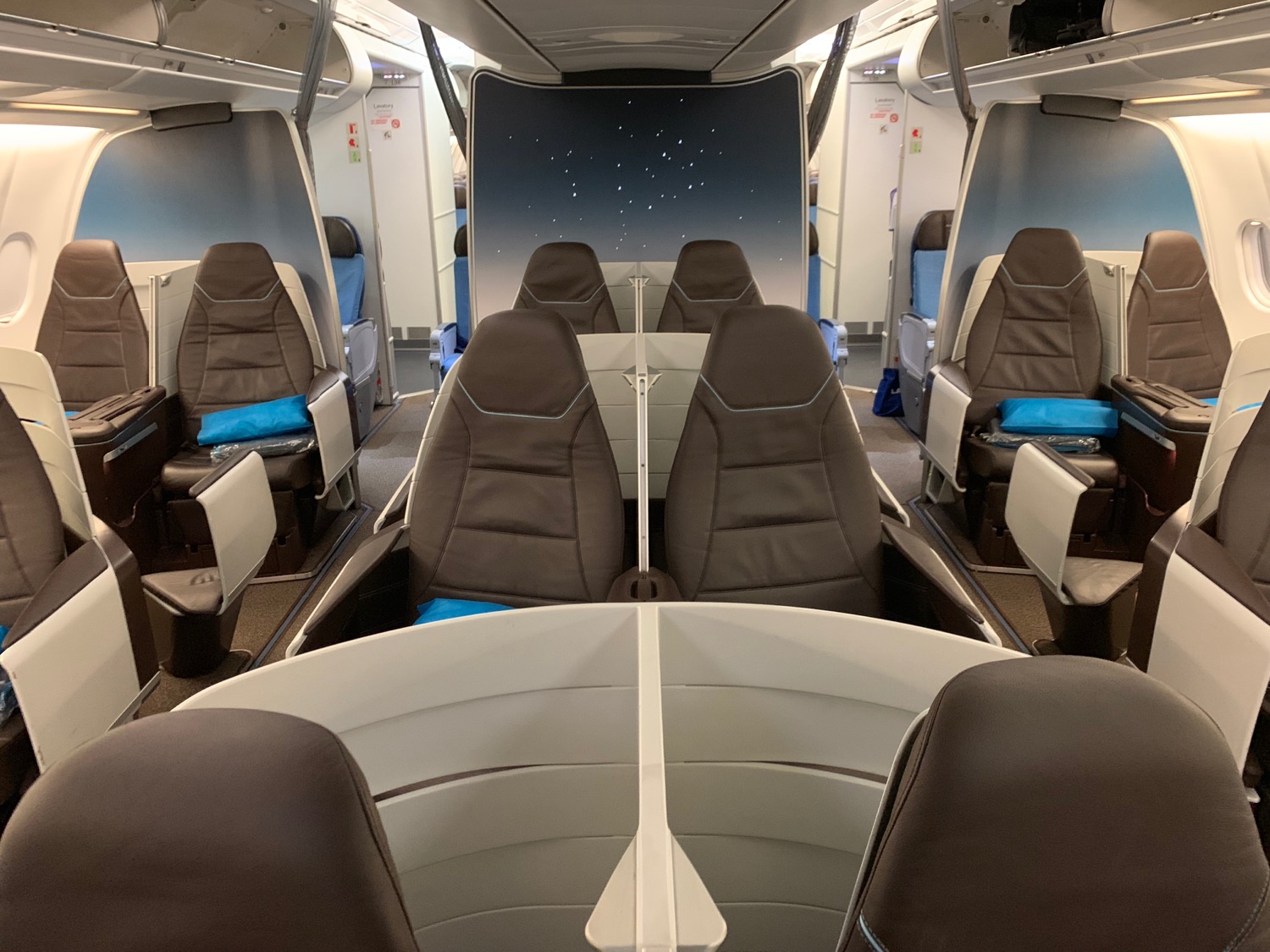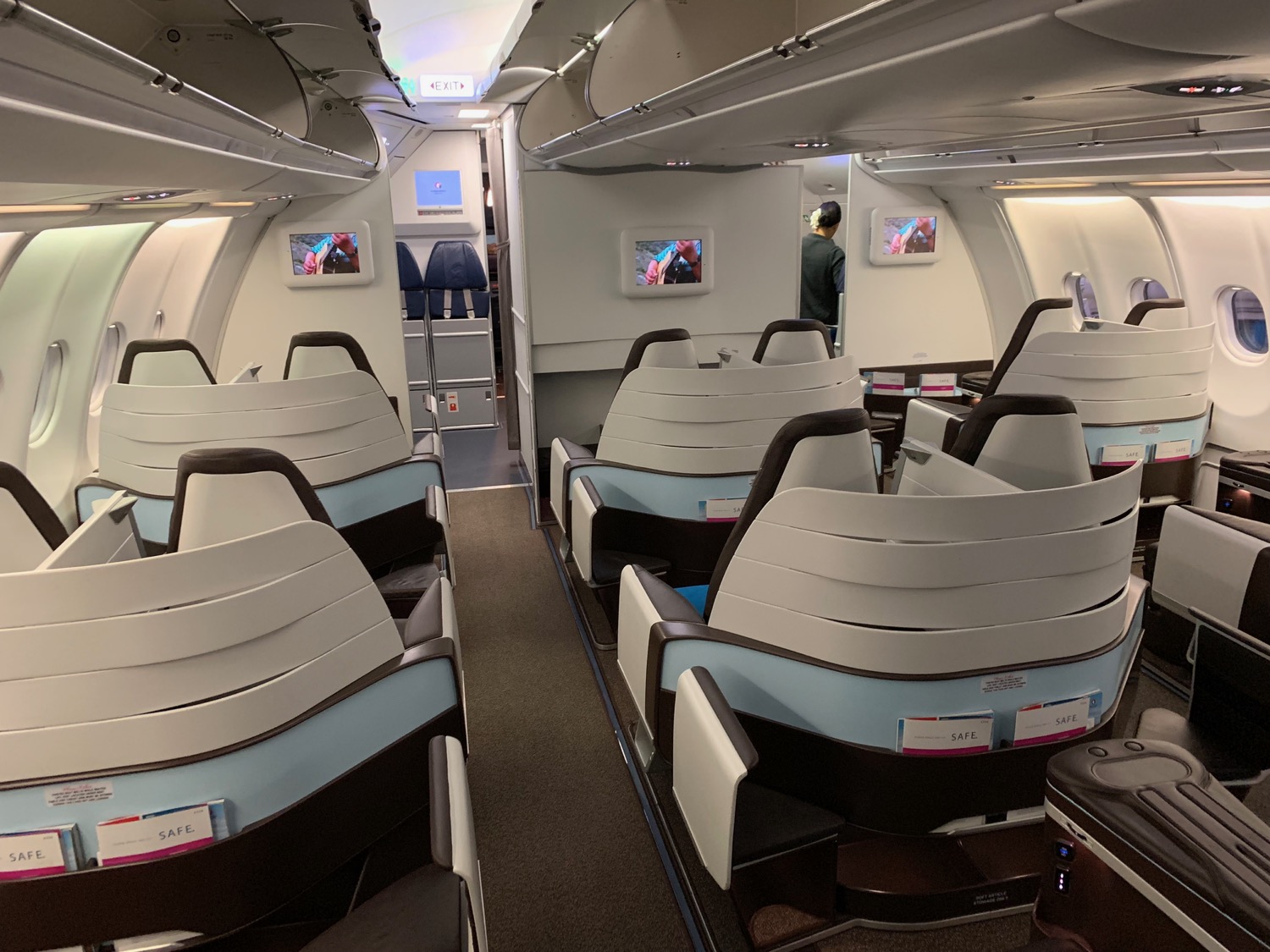
In a move that was not totally unexpected, Alaska Airlines announced that it would establish its Seattle hub as a global gateway, adding 12 longhaul flights by 2030, including service to Tokyo Narita and Seoul Incheon in 2025. Let’s unpack the news and Alaska’s peculiar choice to use its Hawaiian A330-200 on the new routes.
Alaska Airlines Will Launch Longhaul Operations From Seattle Using Hawaiian Airlines A330-200 Jets
With the merger now complete, Alaksa will redeploy Hawaiian Airlines’ A330-200 in Seattle, operating service to Anchorage next summer and launching two new longhaul routes in 2025:
- Seattle (SEA) – Tokyo Narita (NRT) will operate daily starting in May 2025
- Seattle – Seoul Incheon (INC) will begin in October 2025
- Flight will go no sale “early” next year
Alaska CEO Ben Minicucci, pictured above, explained:
“We believe our guests will be as excited as we are about these new nonstop flights to Tokyo and Seoul – two of the world’s most dynamic cities. From our global gateway in Seattle, we can conveniently connect travelers from across our network as they head to Asia and beyond. Hawaiian’s spacious widebody aircraft, along with its excellent onboard service and amenities, will make for a terrific trip from one side of the Pacific Rim to the other.”
Beyond that, Alaska Airlines plans to launch 10 more longhaul routes from Seattle by 2030, hinting that destinations could include East Asia and Europe:

Hawaiian Airlines will operate the first two routes using Airbus A330-200 jets.
As an aside, Alaska also announced it would open a “flagship” lounge in Seattle, though has not yet specified whether this will be an international premium lounge similar to aDelta One, American Flagship, and United Polaris Lounge or simply a larger or more luxurious Alaska Lounge.
Why Would Alaska Use Dated A330 Jets?
Alaska will utilize Hawaiian A330-200 jets on the new transpacific routes. You can read my review of first class on the Hawaiian Airlines A330 here. While the aircraft is ideal for couples or families traveling to Hawaii together, it is hardly a competitive longhaul product.


Why would Alaska use this dated product on its new flagship longhaul routes?
Alaska does offer some insight in its Investor Day presentation:
Our new widebody service between Seattle and Tokyo Narita enables us to right-size our capacity between Hawaiʻi and Japan, a market that has experienced a weaker leisure travel demand in the wake of the pandemic. As we reposition the aircraft on the Honolulu-Tokyo Narita route to Seattle, we will offer more flying options between Honolulu and Tokyo Haneda – one of two international airports in Japan’s capital — by increasing Hawaiian’s service from 12 to 14 flights a week. Hawaiian will also continue to offer nonstop service between Honolulu and both Osaka and Fukuoka for a total of 24 weekly roundtrips between Hawaiʻi and Japan.
Alaska says “plans to expand premium cabins on the wide body fleet are being developed” but for now feels the capacity on the A330-200 is better suited for current market demands, even if that means a less competitive premium cabin product. Additionally, while Hawaiian’s flagship Boeing 787-9 fleet is being retrofitted with Starlink internet, the A330 fleet already has it. Finally, the A330 can carry more passengers and cargo than the premium-heavy 787-9.
CONCLUSION
A year ago I speculated that Alaska would eventually operate widebody service from Seattle and that has now been formally announced. The new service will begin using A330-200 jets to Tokyo Narita, followed by Seoul Incheon. These routes will be operated by Hawaiian Airlines to destinations already served by Hawaiian, making logistical arrangements far more straightforward.
With Alaska promising further growth from its Seattle hub, the news is very good for Alaska flyers.
> Read More: The Widebody Implications For Alaska Airlines Of Hawaiian Airlines Merger
